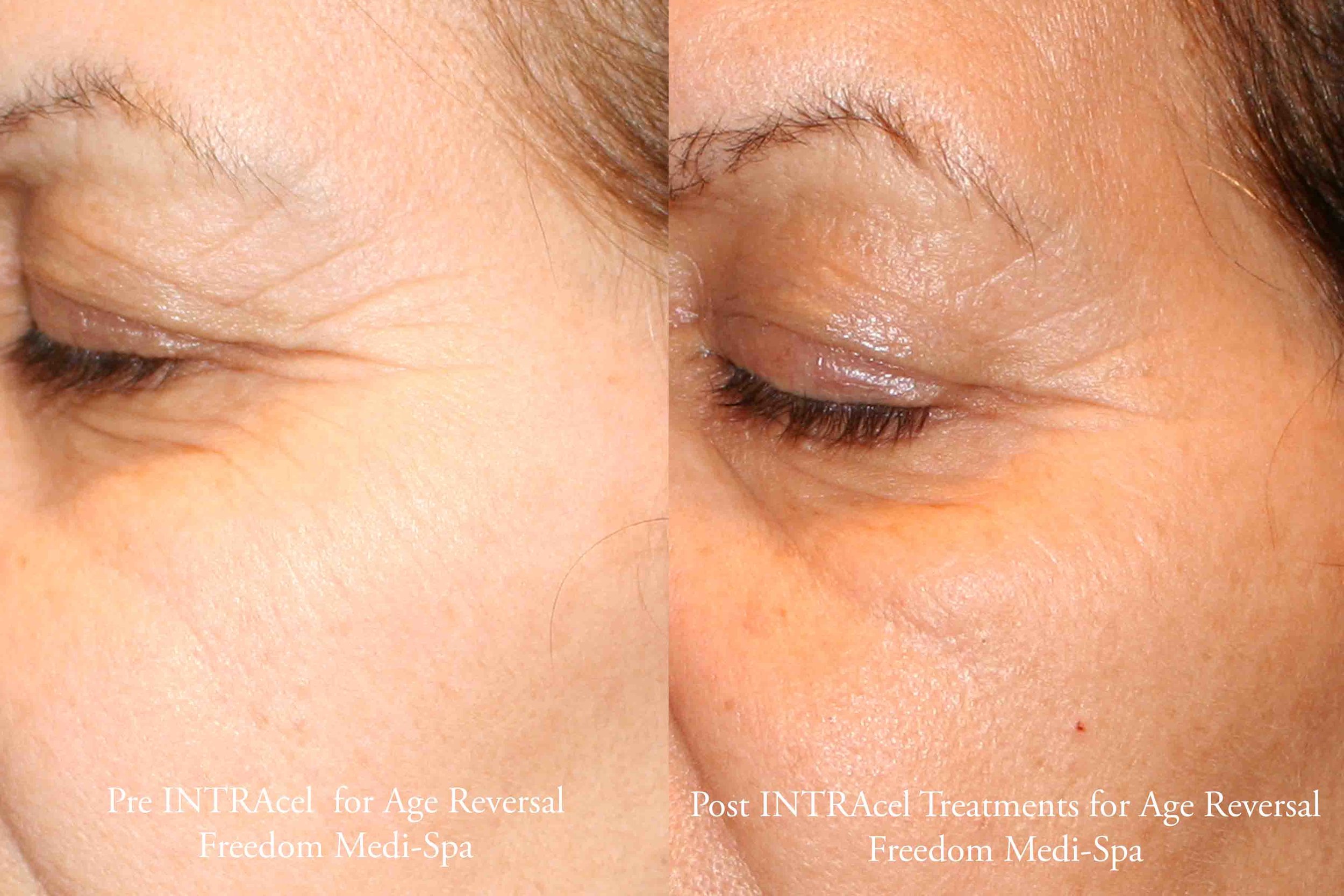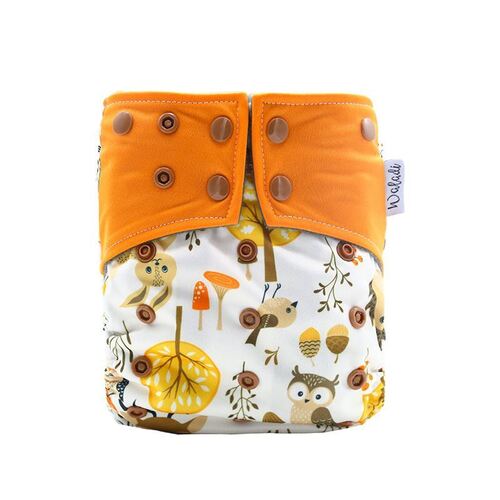Those who refer to micro Needling as Skin Needling and Collagen Induction Therapy (CIT) which refers to the instrument with a variety of fine-pointed needles which rest on your face. The roller that is designed for skin requirements has needles that vary between 1mm and 3 millimeters long.
Microneedle therapy using the derma roll is an excellent solution for anyone with any kind of color or skin type as well as sensitive skin. You'll notice firmer skin that is smoother, more smooth and thicker and more blood flow to areas that are not healing.

Micro punctures will only be able to reach the uppermost layer of face. Skin needling stimulates the body's natural healing process through tiny skin punctures that help in the creation of collagen as well as elastin.
The tiny wound that is punctured triggers collagen to form in the top layer on your face. It is able to cut off blood vessels located just below your skin's layer.
This may sound extreme, but it's really not that dramatic. The microneedle therapy technique is performed in a micron-sized scale, and the result of the trauma on the exterior isn't significant. Microneedling uses chemicals to numb pores and skin to ensure that the procedure is performed with little irritation.

